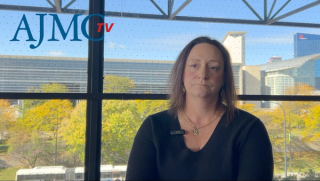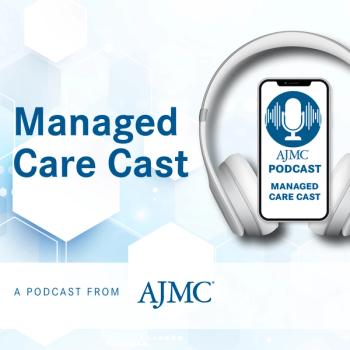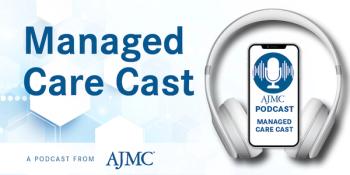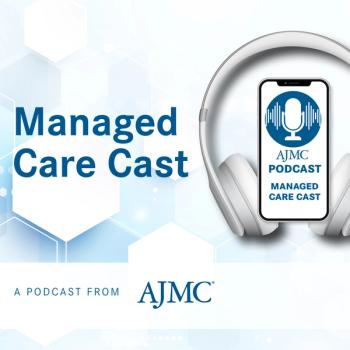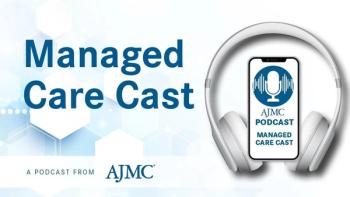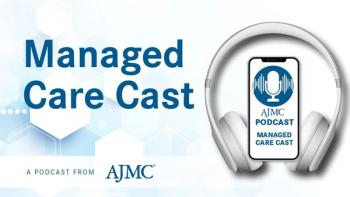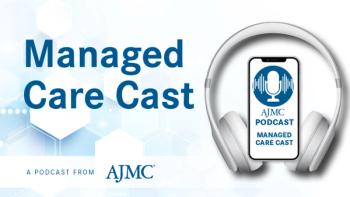
Health System
Latest News
Latest Videos

Podcasts
CME Content
More News
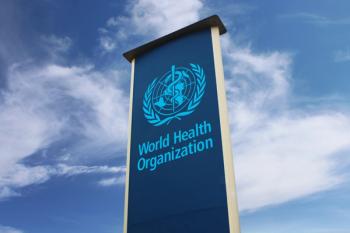
The guidelines highlight the need for lifelong obesity management, early diagnosis, comorbidity prevention, and patient-centered care.

After 8 months of treatment with mavacamten, 5% of patients developed new atrial fibrillation or flutter and 4% developed heart failure.

Caregivers face communication challenges in coordinating patient care for older adults, highlighting the need for improved support and training.

This study examines the clinical settings of first-time psychotic spectrum disorder diagnoses in an integrated health system.

Only 4% of NIH prevention projects target health disparities, revealing a major gap between equity research and real-world implementation.

Experts at AHA 2025 outlined how digital tools, inclusive trials, and safer deprescribing can reshape cardiovascular care for aging adults.

A multidisciplinary approach that includes addressing social determinants of health reduces time to remission despite higher initial costs.

Different cultural, linguistic, and systemic barriers could impact how Indigenous and Hispanic women access menopause care, said Lisa Taylor-Swanson, PhD.

Nirsevimab significantly reduced RSV hospitalizations in infants, reinforcing public health recommendations for its use during the RSV season.

Adults with diabetes were 24% less likely to visit an emergency department in 2021 than in 2019.
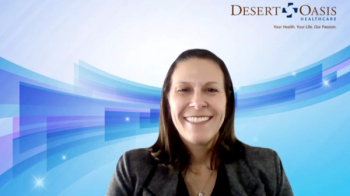
Lindsey Valenzuela, PharmD, explains how value-based models empower a single pharmacist to manage multiple layers of these disease states.

Telemedicine improved the quality of life and inhaler technique among patients with advanced-stage chronic obstructive pulmonary disease (COPD).
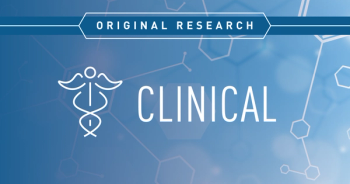
A retrospective multicenter study found that patients with heart failure discharged by noon had higher short- and long-term mortality and increased early readmission rates compared with afternoon discharges.

As the hospital-at-home model grows, a consortium is needed to advance scalability, equity, caregiver well-being, and cost efficiency through research and collaboration.

Timothy W. Cutler, PharmD, associate chief of ambulatory care at UC Davis Health, describes how pharmacy services patients healthy and out of the hospital.
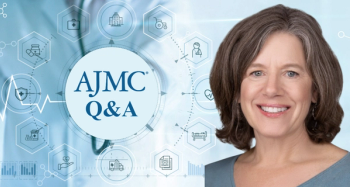
Hope Krebill of the Masonic Cancer Alliance at the University of Kansas Medical Center outlines patient navigation models that improve outcomes and reduce missed appointments.

Laxmi Patel urges rural hospitals to align leadership early and build logic models to show how transformation funds can drive access, equity, and sustainability.

Laxmi Patel explains how providers can meet potential new Medicaid documentation requirements without harming patient access.

Multidisciplinary care influenced therapy choices but did not substantially shorten treatment delays for patients with sarcoma.

Laxmi Patel urges hospitals to embed financial screening and simplify payment options to prepare for rising levels of uninsured patients from Medicaid changes.

Researchers found that even smaller open artificial intelligence (AI) models outperformed clinicians, supporting automation of International Classification of Disease (ICD) coding.

Laxmi Patel explains how Medicaid reforms could increase uncompensated care and the burden on hospitals, and how technology can help automate workflows.

The adoption of technologies like telehealth and health information exchange increased over time, but hospitals in the most disadvantaged areas were behind.

This article presents a systematic review of US health care disparities in physician specialist access across rheumatology, dermatology, and gastroenterology and a call to action.

The Rural Health Transformation Program invests $50 billion to enhance health care access and quality in rural America.








